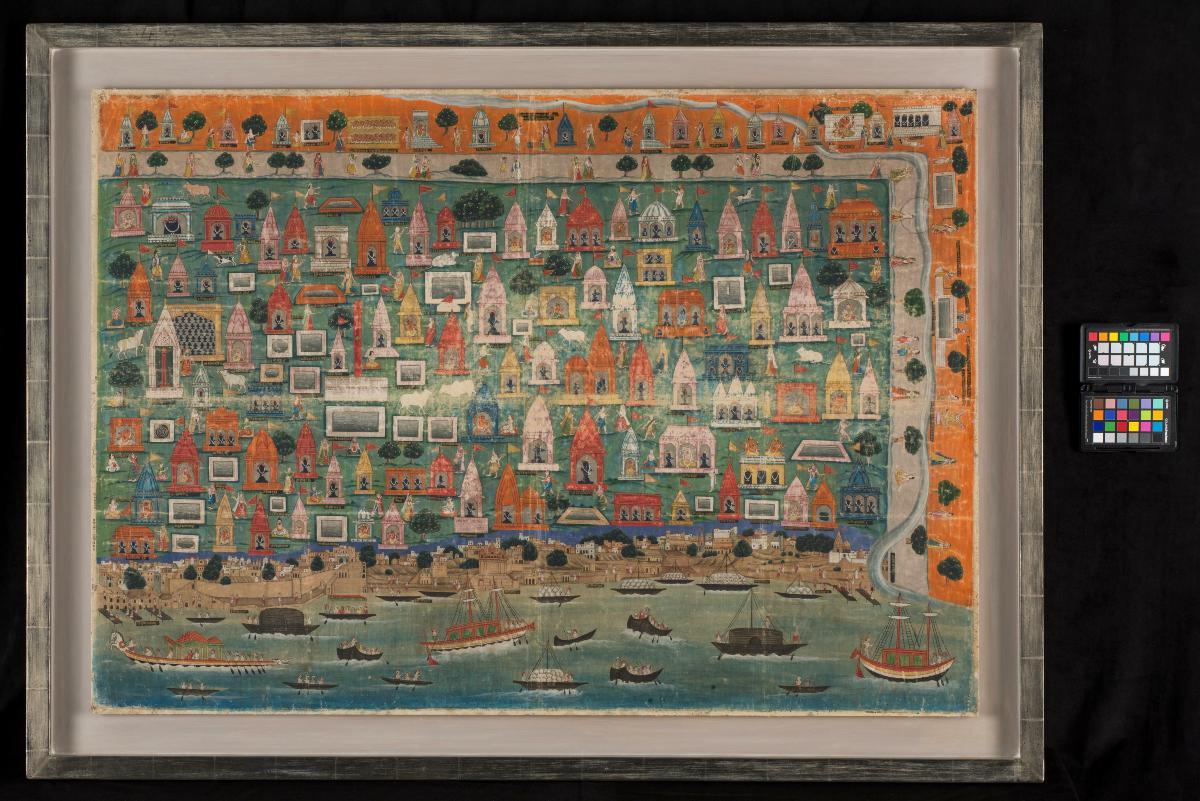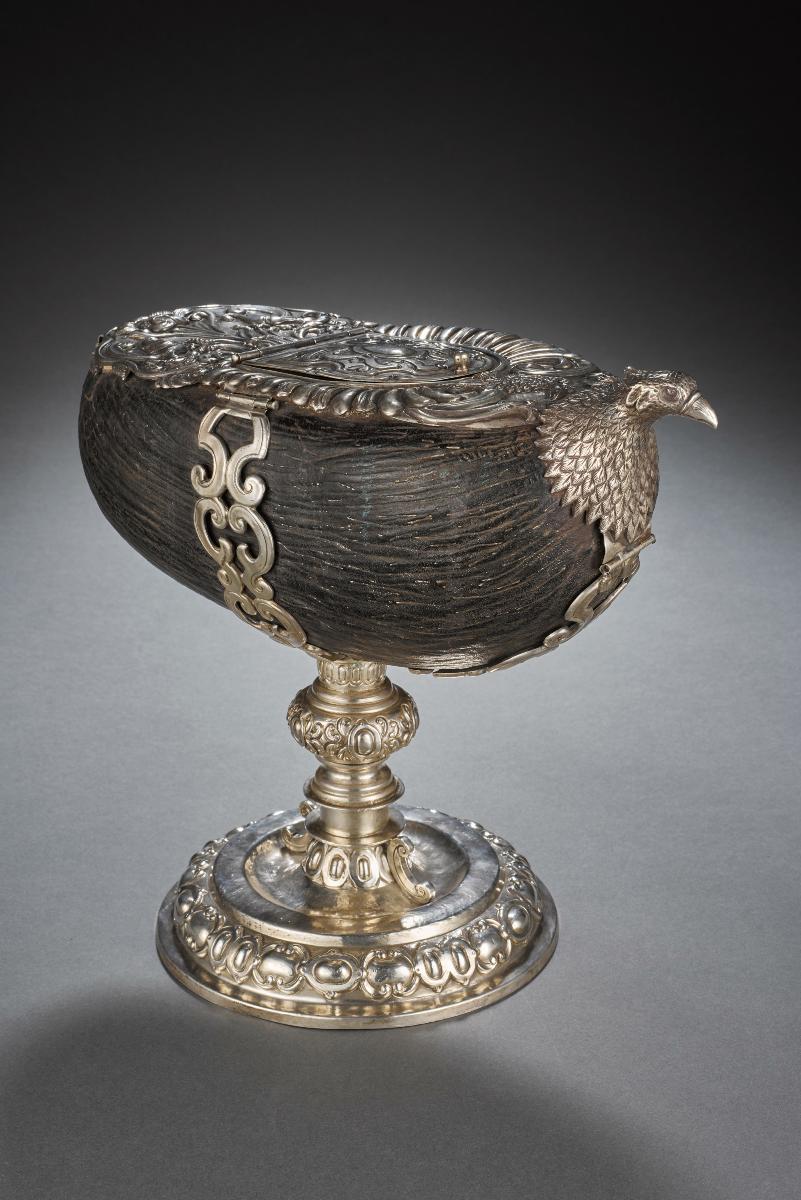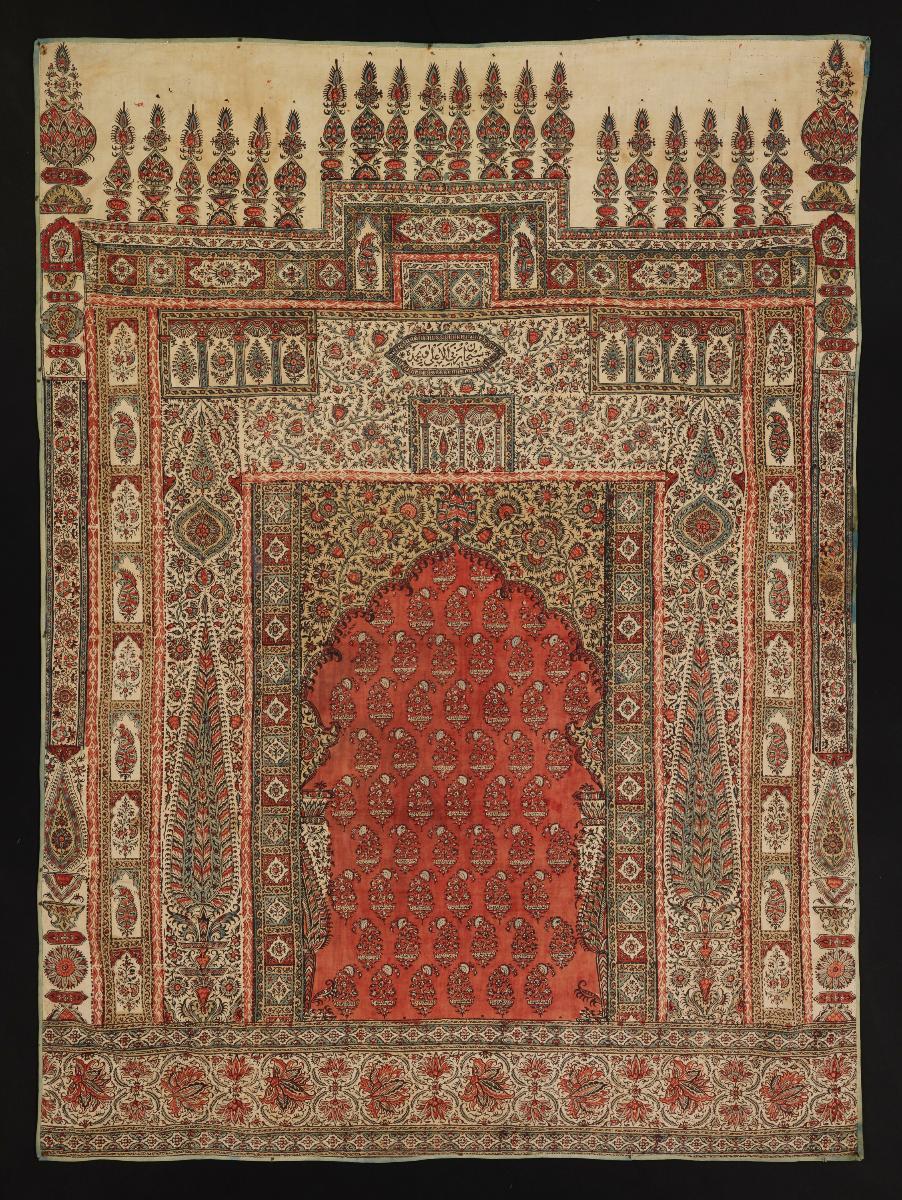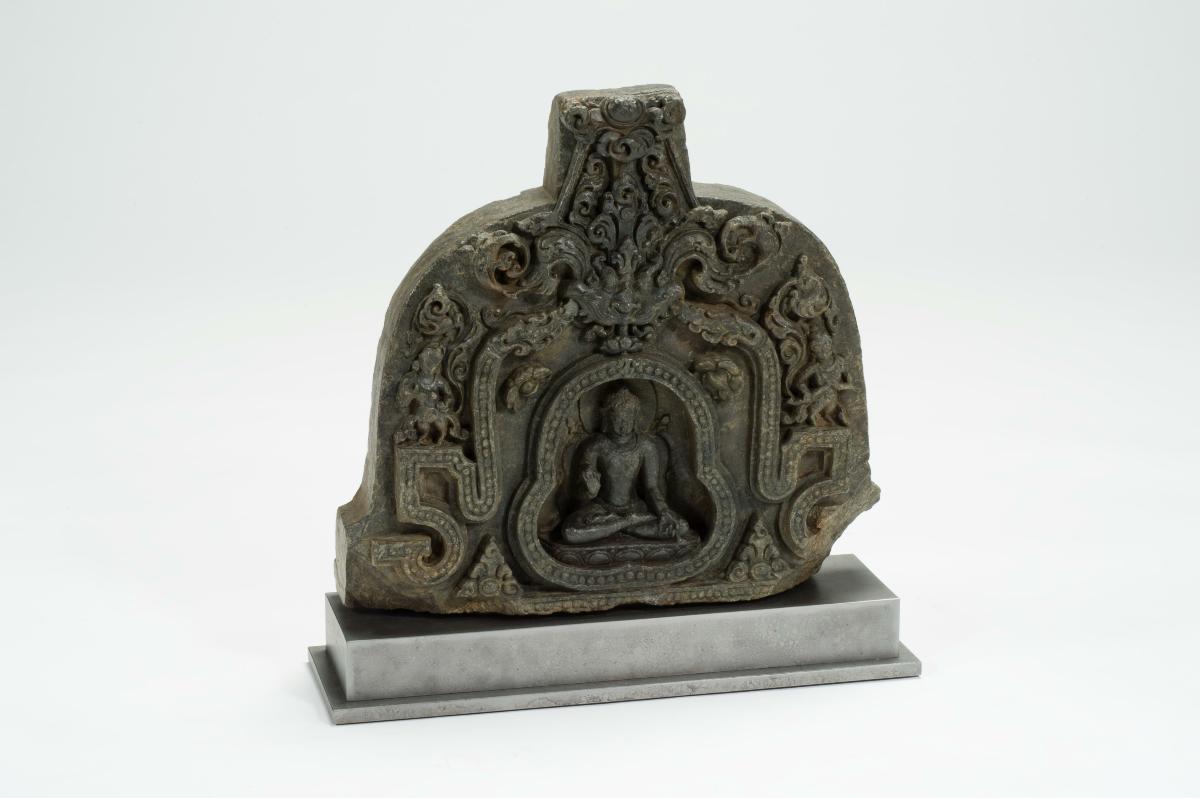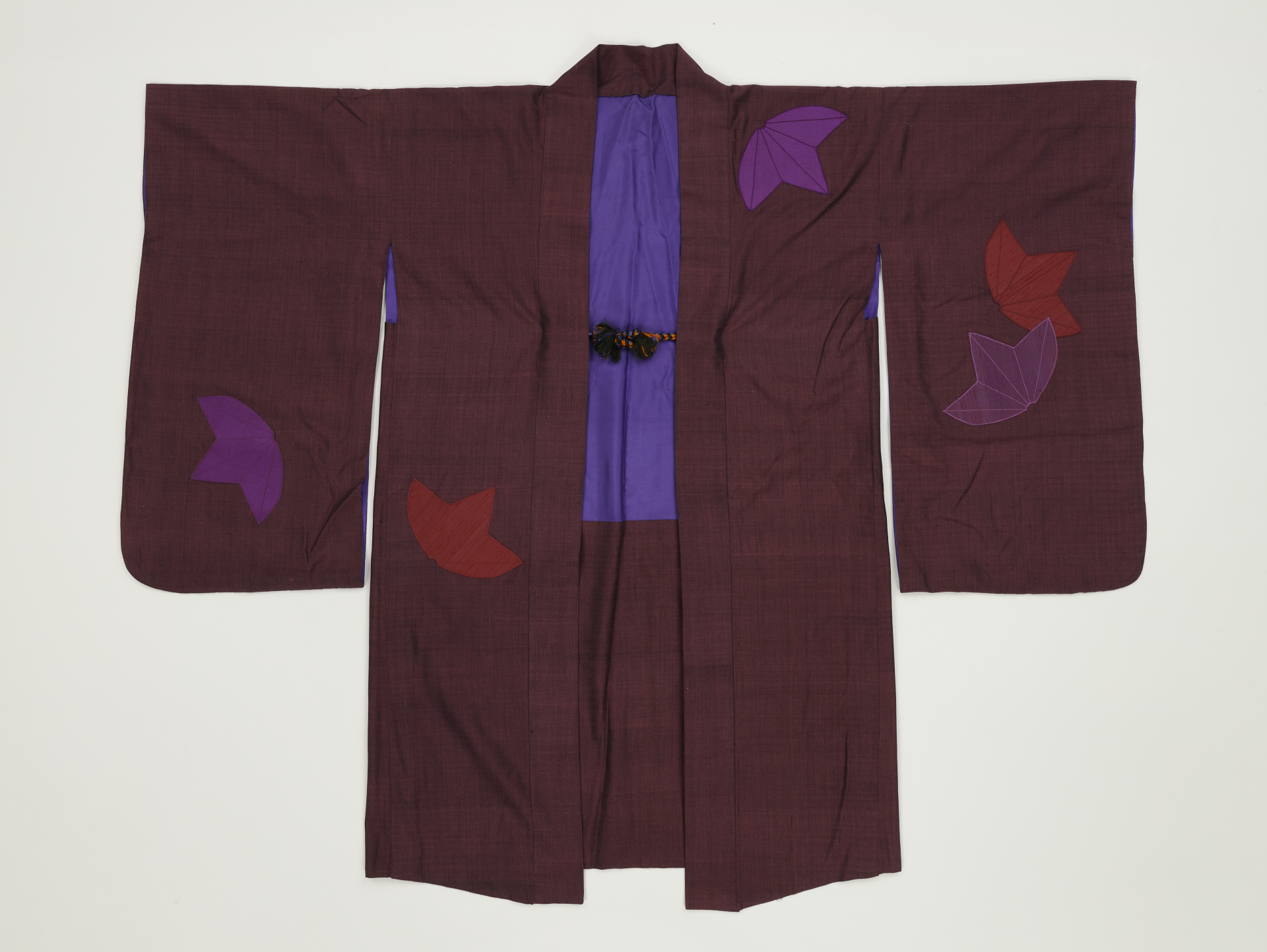Hindu patas of pilgrimage sites document the visit to venerate the tirthas. Through their depiction the patas recreate the sacred space away from their geographical location. The presence as well as the absence of these patas speak volumes for their invention and continuation over a period of two hundred years. The evolution of these paintings can be traced to the ‘adhai dvipa pata’s which are the earliest topographical compositions in Indian painting that originated in western India by Jain painters.The role of the pata as a surrogate for the real visit and the substitute for the actual visit to the religious/sacred site is noteworthy. It is not a pilgrimage souvenir nor does it serve as a commemoration of a pilgrimage. Here the painting serves as a symbolic representation or surrogate site marker of the supremely holy site itself, a suspension of disbelief which temporarily transports the devotees to the holy realm through the painted medium of the pata painting. Here, faith, logic as well as cognition come into play together to serve the purpose of providing gratification to the devotee of having visited the holy site. Even Prasad is distributed to achieve gastronomical gratification of having visited the holy site through this “constructed experience”. The history and habit of commissioning, making and darshana (viewing) of the patas create considerable space for historical as well as artistic analysis.




